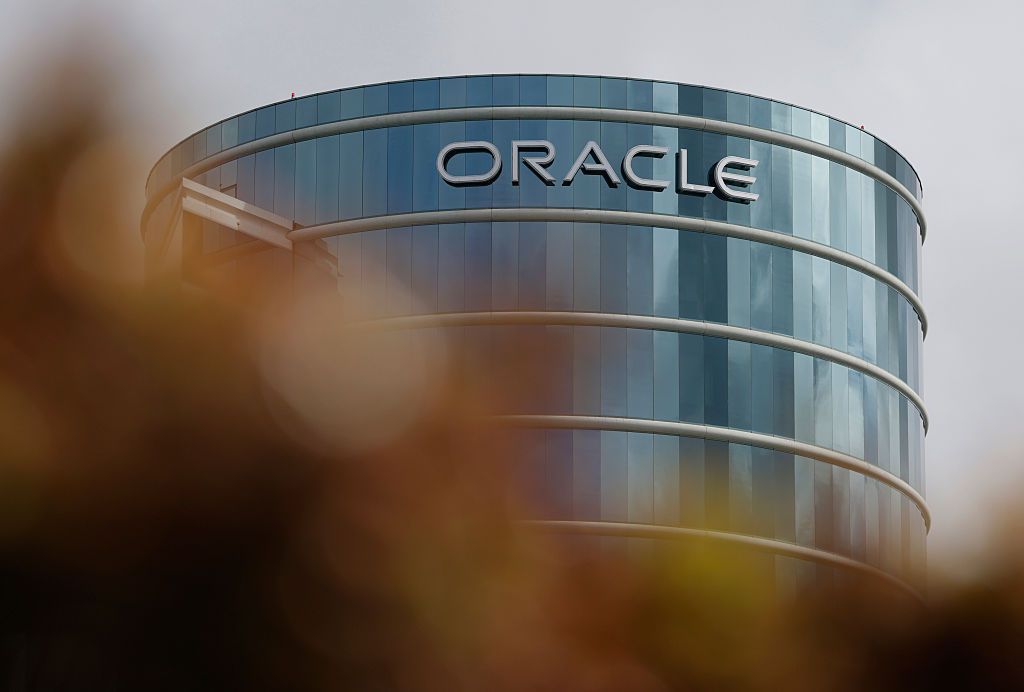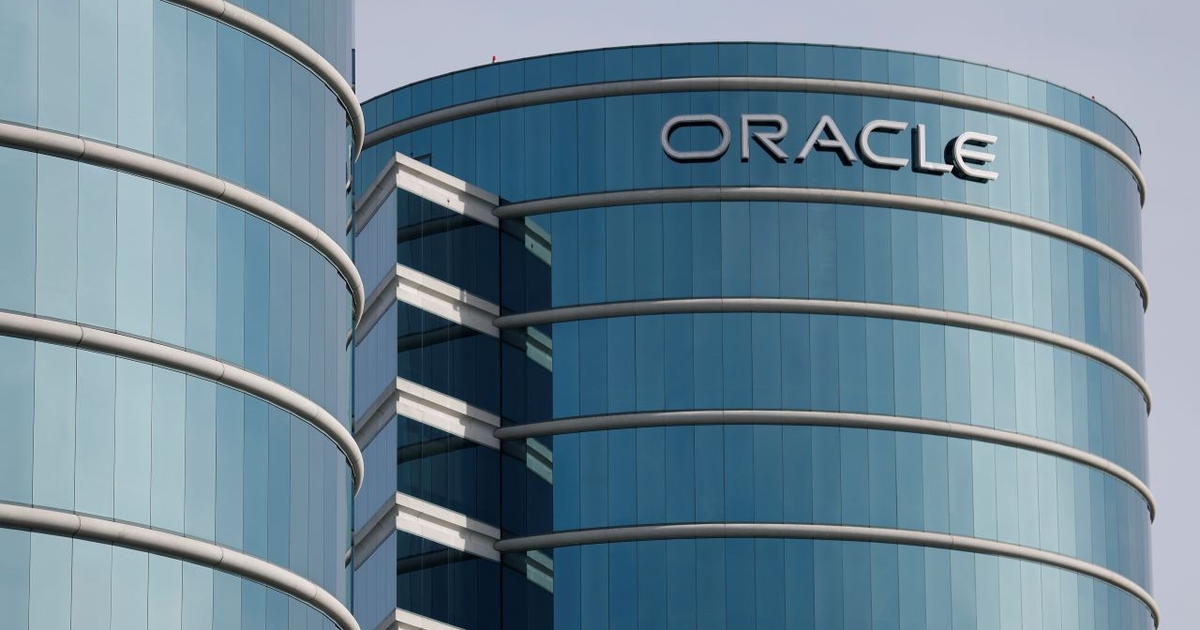Oracle’s push into AI was supposed to be its defining pivot. A chance to leapfrog its legacy image and become one of the core compute suppliers to OpenAI. For a moment, the market bought that story. The stock surged. Analysts called it a breakthrough. And then the tone flipped almost overnight.
The Oracle–OpenAI deal is enormous on paper — a multi-hundred-billion-dollar, multi-year cloud capacity agreement tied to OpenAI’s planned expansion. To support it, Oracle has been preparing one of the largest debt raises in corporate history, stacking more leverage onto an already heavy balance sheet to build the data-center footprint required for OpenAI’s future models.
But here’s the tension: almost all of the economics of this deal sit years in the future, while the costs hit today. Investors are now questioning whether the return profile justifies the risk. And unlike early AI enthusiasm, the credit market isn’t giving Oracle the benefit of the doubt.
Oracle has dropped roughly a quarter to a third of its market value in a matter of weeks. Long-dated Oracle bonds are trading at distressed-like discounts. Insurance pricing on its debt has spiked. A significant part of the worry comes from a single fact: Oracle’s cloud backlog is heavily tied to one customer — OpenAI — and that customer is still not consistently profitable.
Pet insurance can help your dog (and your wallet)
Did you know 1 in 3 pets will need emergency treatment this year? Pet insurance helps cover those unexpected vet bills, so you can focus on care—not cost. View Money’s list of the Best Pet Insurance plans and protect your furry family member today.
At the same time, OpenAI is expanding across multiple clouds, signing major agreements with AWS, continuing its deep integration with Microsoft, and allocating workloads across multiple providers. The idea that Oracle would become OpenAI’s exclusive compute backbone no longer matches the current direction of OpenAI’s infrastructure strategy.
None of this means the contract has collapsed. It hasn’t. The commitments are still active, and Oracle continues to position itself as a core partner in OpenAI’s next-generation data-center build-out. The real issue is the discount rate the market is applying to that future revenue. A deal that once looked transformational now looks increasingly uncertain — not because the technology is flawed, but because the financial path depends on massive capex, long timelines, high leverage, and a single customer whose long-term economics are still developing.
This is why Oracle has become more than just another stock. It’s turning into a barometer for the risk side of the AI cycle. When companies take on enormous infrastructure spending ahead of realized earnings, funding costs become the truth-teller. Equity enthusiasm can fade; credit math does not.
Crash Expert: “This Looks Like 1929” → 70,000 Hedging Here
Mark Spitznagel, who made $1B in a single day during the 2015 flash crash, warns markets are mimicking 1929. Yeah, just another oracle spouting gloom and doom, right?
Vanguard and Goldman Sachs forecast just 5% and 3% annual S&P returns respectively for the next decade (2024-2034).
Bonds? Not much better.
Enough warning signals—what’s something investors can actually do to diversify this week?
Almost no one knows this, but postwar and contemporary art appreciated 11.2% annually with near-zero correlation to equities from 1995–2024, according to Masterworks Data.
And sure… billionaires like Bezos and Gates can make headlines at auction, but what about the rest of us?
Masterworks makes it possible to invest in legendary artworks by Banksy, Basquiat, Picasso, and more – without spending millions.
23 exits. Net annualized returns like 17.6%, 17.8%, and 21.5%. $1.2 billion invested.
Shares in new offerings can sell quickly but…
*Past performance is not indicative of future returns. Important Reg A disclosures: masterworks.com/cd.
For Prosperiax readers, the Oracle story offers a useful lens: the AI boom is not just about growth — it’s about execution, financing, and timing. When a company builds for a future that hasn’t arrived yet, the market eventually asks how much certainty that future really carries. Oracle may still benefit if OpenAI’s demand scales smoothly, but for now, the burden is on the company to prove that this bet becomes more than a leveraged promise.
The bigger question beneath all this is simple:
In a market built on enormous AI expectations, who carries the risk when the story outruns the cash flow?
—
Education, not investment advice.
Sources:




